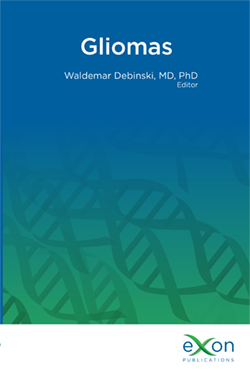Mouse Models of Experimental Glioblastoma
Main Article Content
ABSTRACT
Glioblastoma is one of the most common malignant brain tumors. It has poor prognosis: the survival rate is 14–15 months, even with treatment by surgery, radiation, and chemotherapy. To develop more efficacious therapies, it is essential to generate preclinical mouse models that enable mechanistic studies. Multiple murine glioblastoma models have been generated, each with distinct advantages and disadvantages. The traditional Cre-LoxP system specifically targets glioblastoma-related genes but requires extended experimental timelines. CRISPR-Cas9 methods require less time to generate mouse models, yet the off-target effects lead to variable glioblastoma phenotypes. Transposon-based insertional mutagenesis models can intercept and promote transcription but has strict limitation of insertional transgene size. Allograft cell line injection into immunocompetent mice prevents immune rejection but fails to recapitulate various features of human glioblastoma. Intracranial injection of patient-derived xenograft cell lines into immunocompromised mice preserves features of human glioblastoma but does not allow the study of immune cell function in preclinical immunotherapeutic approaches. Finally, humanized mouse models offer the potential to analyze the human adaptive immune response but not the innate immune response. This chapter outlines the major experimental glioblastoma models currently employed and the therapeutic approaches that can be tested.
Downloads
Metrics
Article Details

This work is licensed under a Creative Commons Attribution-NonCommercial 4.0 International License.

